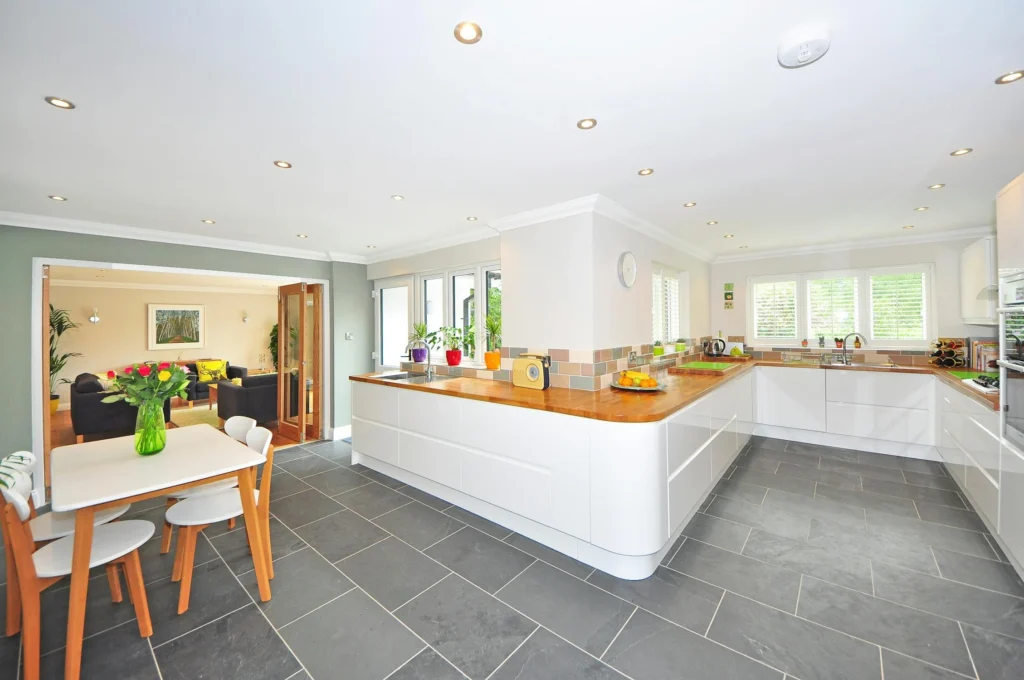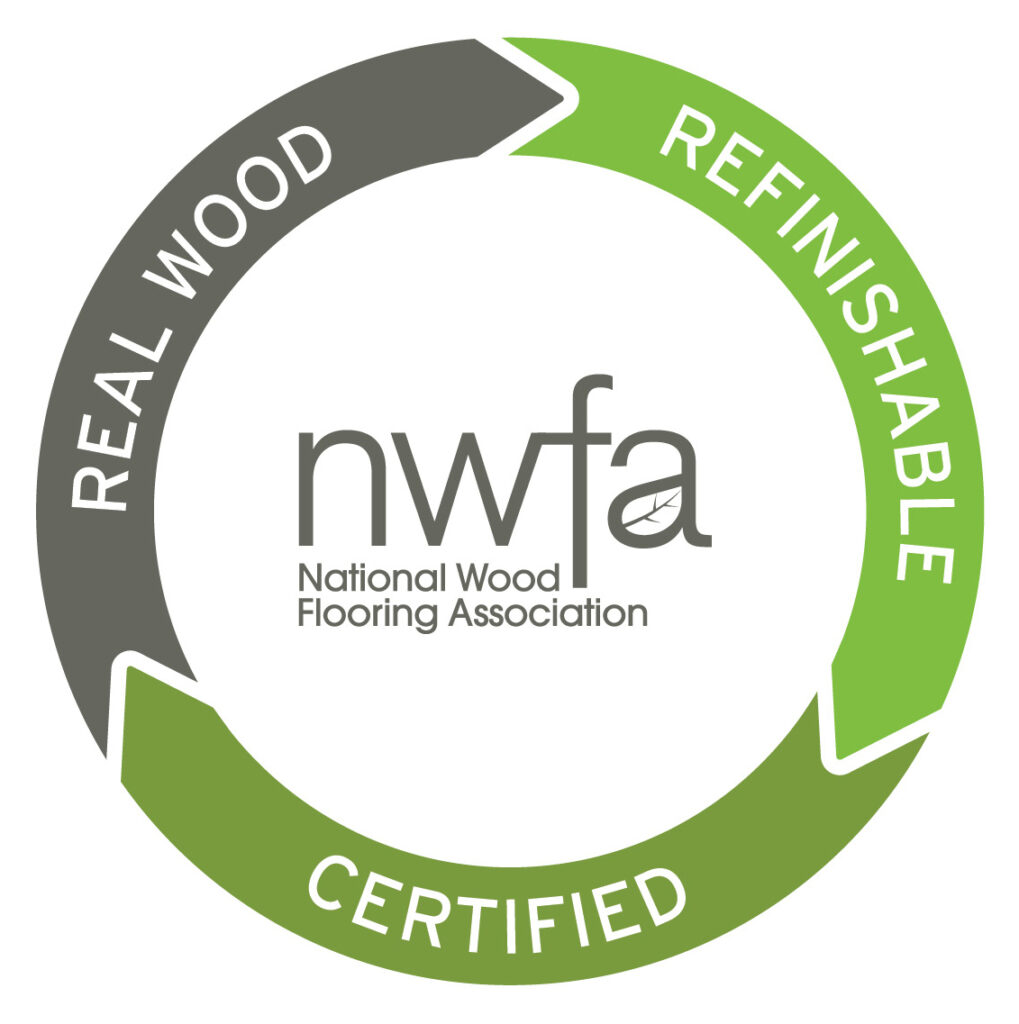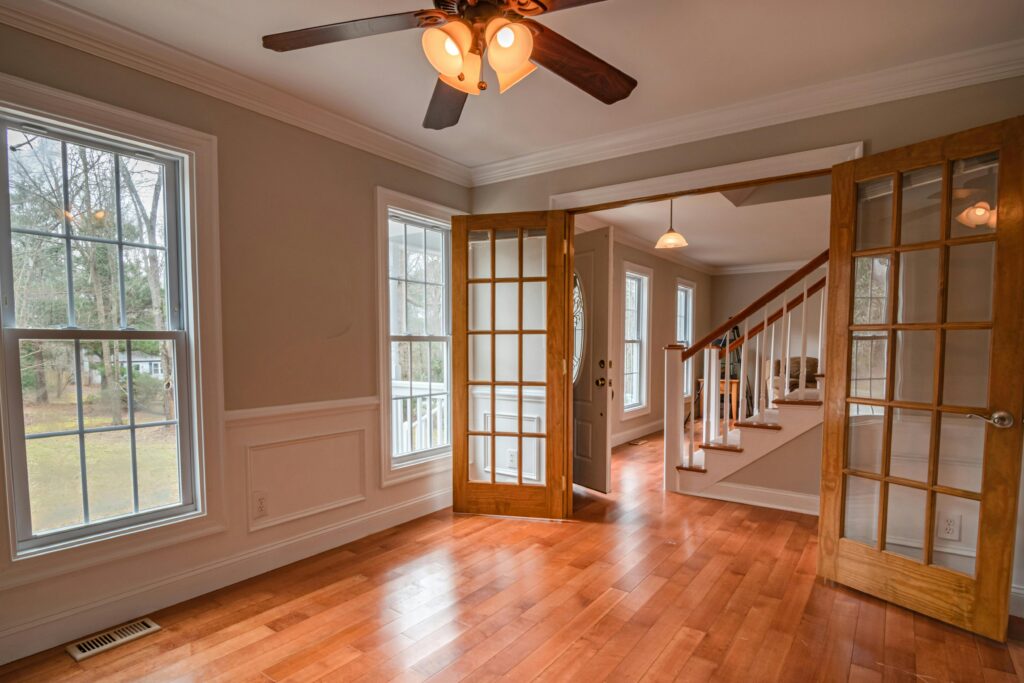The challenge that every contractor must try to work out is striking a balance between advertising spending in today’s competitive flooring industry. This is very important because, under an inflexible budget, the pressure to attract new clients is huge. The moot question, therefore, is “How much money should flooring contractors invest in ads to see a return worth making?“
One miscalculation with this budget may cause a potential customer to be lost, or worse, to waste valuable resources. Spending too little, your business will never get noticed, while spending too much with no core strategy drains the profit away without necessarily turning it into real growth. All this uncertainty with advertising feels like a gamble, which frustrates flooring contractors who try to build their customer base upwards and rise above the competition.
It could be more critically done, though. Besides, with industry benchmarking combined with clear measurement objectives, flooring contractors can stay within budget on advertising and realize growth that’s actually sustainable. The following discusses in detail how much you should be spending on advertising; it provides a real-life framework through which you attract those clients you want without over-expanding your budget.
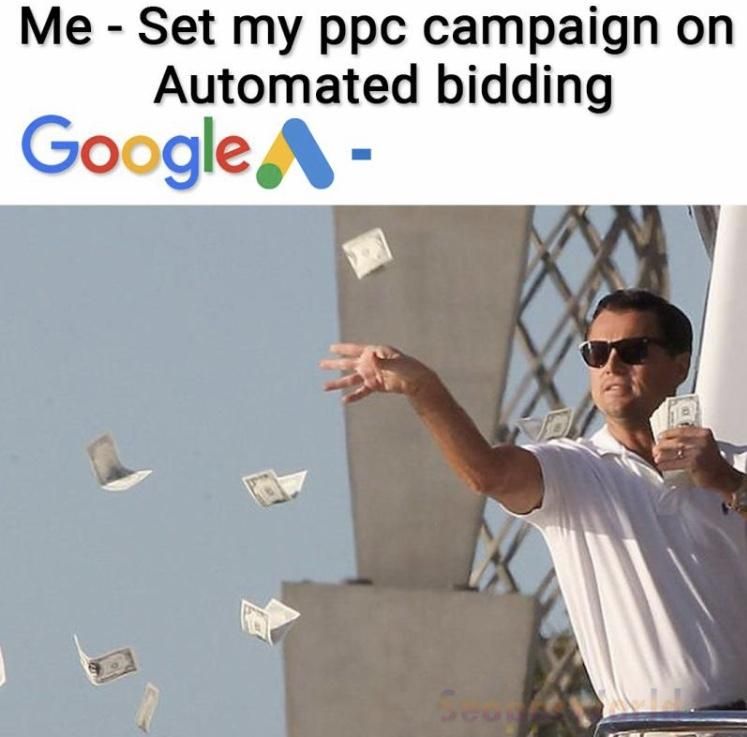
Exercising Industries Advertisings Standards
Overall, most marketing experts say that a small business should invest 5-10% of its gross revenue in marketing and advertising. Service businesses, such as flooring, frequently have to use the higher side of that number, 7-10%, especially if it is highly competitive or if the business is trying to expand.
If, for instance, your flooring business was grossing $500,000 a year, then 10% would equal a $50,000 a year ad budget. Translated into monthly expenses, that is about $4,160 every month, and this can be apportioned between SEO, Local Service Ads, Facebook Ads, and other marketing.
Targeted Advertising for Flooring Contractors
Flooring contractors work within a specific radius from their base, and the reach of their advertisement should be concentrated within that radius for efficiency. Google pay-per-click ads and local Facebook ads ensure your ad is viewed by people within your catchment area only.
You may spend a good amount on PPC ads to reach those homemakers/business owners who are genuinely searching for flooring services in their neighborhood. 30-40% of your ad budget may be levied to Local Google and Facebook Ads since both of them are highly targeted and allow real-time analytics tracking in every spending and performance.
Optimizing Your Budget in View of Business Goals
The percentage a flooring contractor has to spend on advertising should be related to the goals of his business, whatever those goals may be: building clientele, introducing a new service, or identifying a brand. Example:
- Since this is for new entrants or expanding services, there may be a higher ad budget, probably in the range of 10% of revenues, beneficial to establish visibility and attract leads.
- Sustained Growth: Companies who prefer slow and steady growth would decrease advertising expenditure to about 5-7% of revenue. The companies will rely on sustained advertising efforts to maintain their presence in the marketplace.
Testing Different Ad Channels
- Google Ads
With Google Ads, one can find people who are in search of customers for flooring. The average price to run Google Ads on flooring keywords is $2-4 a click, but that could be different depending on the location and competition. For a flooring contractor, an average budget monthly to run Google Ads would fall in the range of $1,000 to $1,500 to see noticeable lead generation.
To maximize ROI from Google Ads, target the use of long-tail keywords like “hardwood floor installation in [city]”-instead of general keywords. These have tended to yield lower CPCs with high intent, hence cost-effective.
- Facebook and Instagram Ads
With Facebook and Instagram Ads, one can also run visually engaging campaigns targeting local audiences. When it pertains to flooring, for instance, a great visual display of prior projects will surely help prospects stop and stare. You might budget from $500 to $1,000 monthly on social media ad spending in many markets. This platform can supplement a lot of other paid campaigns much more effectively since CPC on Facebook and Instagram is generally lower compared to Google Ads.
Content Marketing and SEO Investments
Besides paid advertising, these will pay dividends in organic traffic over the long term through content marketing and search engine optimization. Create a blog on the website about such topics as “Best Options in Flooring for Pet Owners” or “How to Care for Hardwood Floors.” About 20% of the total advertising budget could be invested in SEO and content marketing, for the reason that this will yield very valuable long-term results without continuous ad spend.
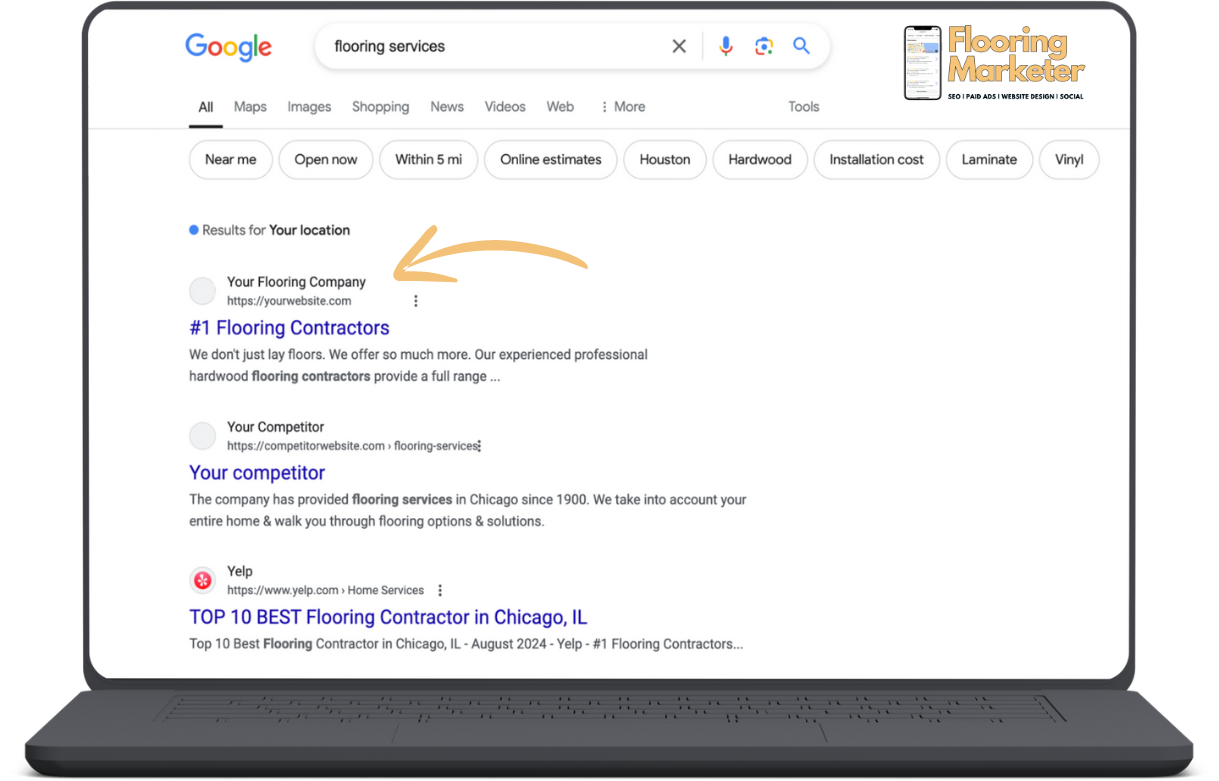
With SEO for flooring contractors, this may involve location-based keywords such as “flooring contractor in [city]” – important for local businesses. When you create content for such topics and optimize it, you are sure of not just ranking top in search results but showing the way to establishing your brand as the authoritative one in the industry and earning trust from your prospects.
Ad tracking and performance-based Action
After all, each advertising campaign’s results should be measured regarding how each dollar spent is contributing to your business objectives. Now, with Google Analytics, flooring contractors can trace traffic, conversion rate, and more. From both Facebook and Google Ads platforms, comprehensive insights are provided but not restricted to metrics like CPC, cost per conversion, and ROI. Those metrics will no doubt help you see which ad strategies work best to distribute your funds more effectively.
As an example, if your Google Ads produce more leads but are coming in at a higher CPC, you may want to test ad copy variation or landing pages to help bump up conversions. If the return from social media advertising is very good, take that portion of your budget up.
Create a Seasonal Marketing Campaign
Since flooring projects are usually seasonal, a seasonal ad strategy lets you balance spend for times of the year when you get more demand. Example:
- Springs and Summers
Many owners have renovation plans for these seasons. Therefore, as many as 50% of a flooring contractor’s yearly budget can be spent capturing the higher demand in these months.
- Off-Season Discounts
This would also mean running special promotions or education-based ad content when the year is slower, keeping your business top-of-mind for future projects. You may be spending less on the paid ads themselves, putting that budget toward boosting posts or sponsoring content showcasing your expertise and building brand awareness.
Experiment and Scale What Works
After a few months, examine which platforms yield the highest ROI, and consider scaling those campaigns. Continual testing, whether of new ad formats, keywords, or audience segments ensures that you’re not overspending on underperforming campaigns.
For example, if Facebook has the lowest cost per lead once more, shift dollars from the other platforms to Facebook. If local directories create high-intent leads, continue the presence on such sites.

Conclusion
Creating an ideal advertising budget is simple if you’ve got the right steps to follow. In general, you need to check your revenues, clearly state objectives, and test advertisement channels. If done properly and ad performance is tracked, then with each passing dollar, you will make sure that it is utilized in reaching potential customers for the growth of your businesses. The key element is flexibility. Adjust according to the results you see shortly, and you’ll have an ad strategy that balances the best possible reach and ROI.


